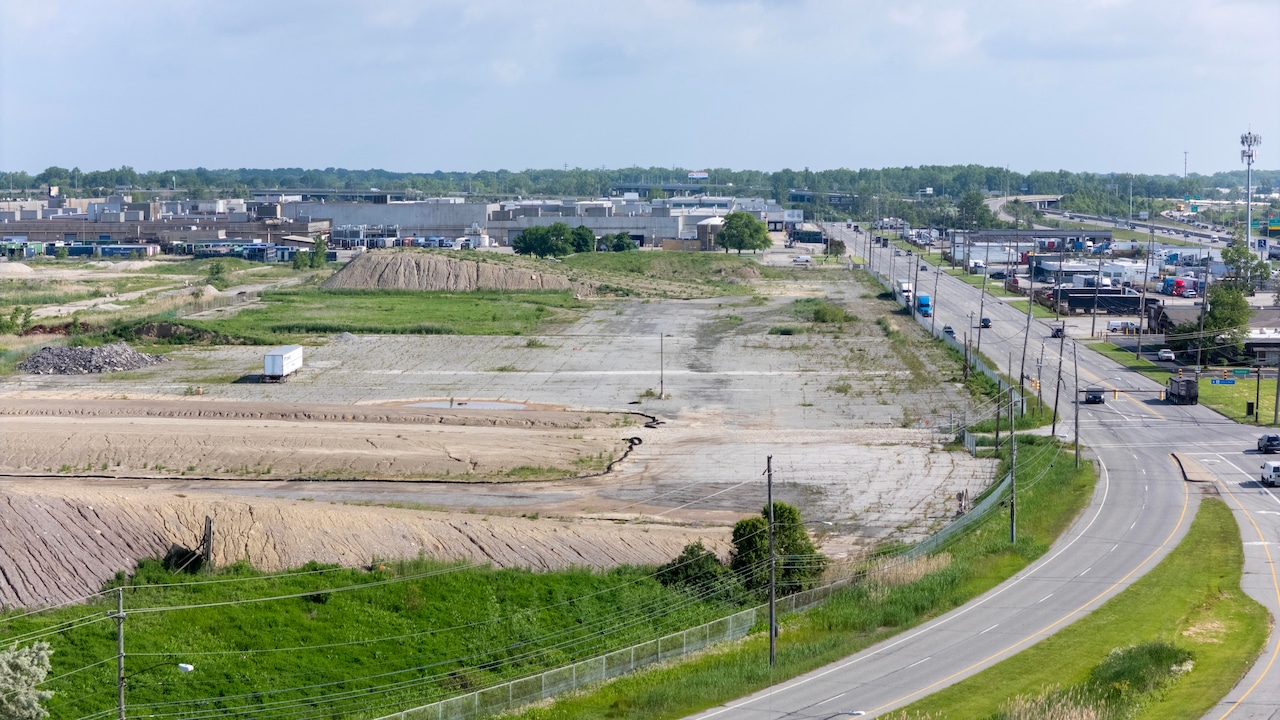CLEVELAND, Ohio – Cuyahoga County Council members delivered a clear message to Executive Chris Ronayne and his administration this week: It’s time to accept that the Browns are moving their stadium to Brook Park and start planning accordingly.
“Whether we like it or not, it’s happening,” Councilwoman Sunny Simon recently said of the Browns’ plans to leave downtown Cleveland and build a new covered stadium near Cleveland Hopkins International Airport. “We’ve got to be ready to look at what impact that’s going to have on us.”
She noted other studies that have purported to lay out the financial gains and losses of the move. The Browns, for example, commissioned a study showing a Brook Park stadium would benefit the entire region, bringing more visitors downtown. A City of Cleveland study, however, refuted those results, showing the move would hurt downtown.
Simon called for the county to do its own review to better understand how the shift might impact county finances, job creation or development – and whether the county should financially support the move.
Ronayne has been vehemently opposed to using any public dollars to help the team leave downtown, she recognized, but if the council finds value in the move, it may want to offer incentives to help the plan along. The least burdensome of those incentives could be an economic development loan. Council can award loans between $150,000 to $2 million for projects – a minuscule amount, compared to the $600 million the team has been seeking from county coffers.
“I understand the position of the executive is he only wants it downtown, but here we are; they’re going to Brook Park,” Simon said. “I want to see how that’s going to impact the county financially and if it makes sense for council to consider any kind of participation, because we give out loans, we do all kinds of things for projects, why not this?”
Councilman Michael Gallagher agreed, describing the Browns stadium as “the second largest economic development project in the history of the state of Ohio,” with the added potential to build up the nearby airport and Aerozone area. He was critical of Ronayne’s position, saying the executive “chose Cleveland over Brook Park” and is risking the larger health of the region to keep the Browns within city limits.
“Do we walk away from billions of dollars in economic development just because they’re in districts that don’t include Cleveland?” Gallagher asked.
The comments came during Monday’s Economic Development and Planning Committee meeting, where Director of Development Paul Herdeg presented the county’s latest plan to support and grow area jobs and business opportunities. It centered around “empowering businesses and transforming lives” through job creation, which he described as the core mission.
“Because the number one need that our residents have is income,” Herdeg said. “So, when we empower our businesses, we are creating and increasing the number of good jobs for residents and transforming their lives.”
But the plan didn’t consider how a new Browns stadium might fuel that mission. Herdeg maintained that the Browns should stay in Cleveland: “That’s the position of the county executive and we support the county executive,” he explained.
It’s unclear whether the administration will heed council’s request. The Department of Development is expected to present a revised plan in coming weeks, but Herdeg only promised to include more information about past plans and environmental impacts.
Other highlights from the meeting:
The 2025 Economic Development Plan focuses on four key strategies, including aligning the area’s economic development organizations under the same priorities, streamlining incentives opportunities and adding a new transit-oriented development loan program to encourage business growth near rail lines or high-frequency bus routes. Anthony Stella, who oversees the county’s direct lending program, reported that from 2021 to June 2025, the county has approved 32 economic development loans valued at $30.7 million, creating 1,590 new jobs. Vaughn Johnson, who oversees the county’s new Office of Small Business, reported that since May 2024, the office has helped over 2,600 small businesses access $12.6 million in funding.

